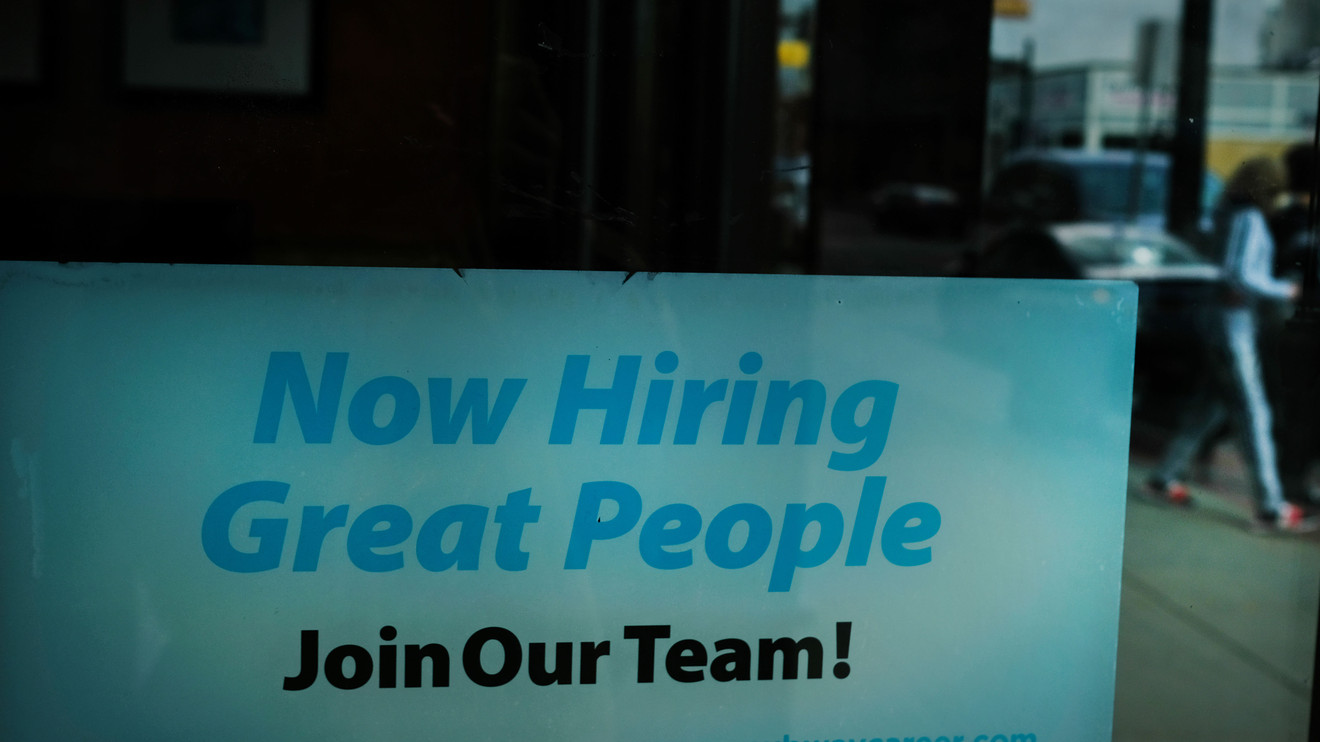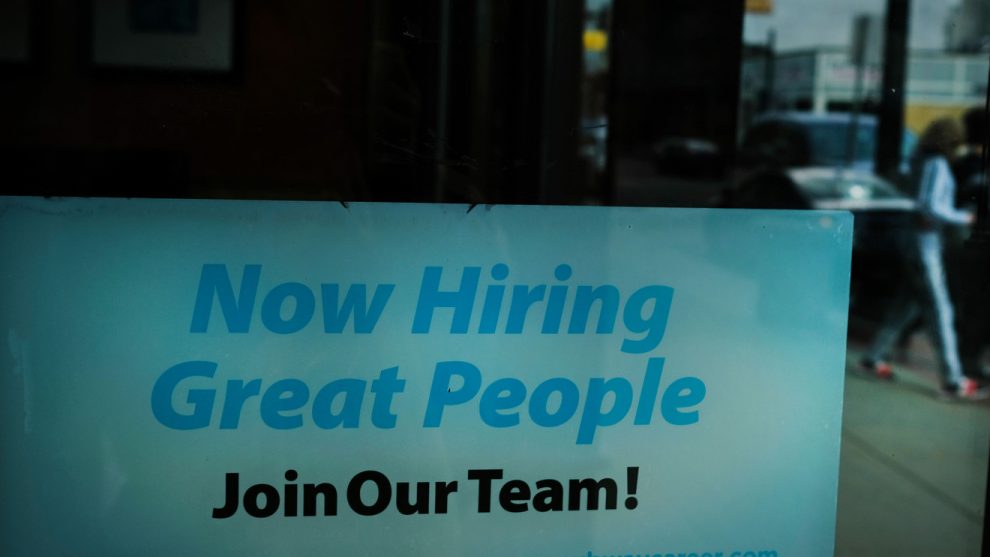
Shares of Robert Half International Inc. tumbled Wednesday, after the staffing services company missed first-quarter profit and revenue expectations and provided downbeat guidance, in contrast to economic data suggesting a buyer’s market for jobs.
Chief Executive Harold Messmer said in the post-earnings conference call how the employment trends left him “optimistic” about the company’s future performance, but Chief Financial Officer M. Keith Waddell said revenue growth decelerated at the end of the quarter and in recent weeks, as demand became “more measured,” particularly in the temporary market.
This comes after a March employment report helped temper fears that the U.S. economy may be tipping over, following a February jobs report that was much weaker than expected, and after the Federal Reserve adopted a dovish stance last month.
Meanwhile, the latest data showed that weekly jobless claims fell to the lowest level in 50 years, while the unemployment rate hovered around 50-year lows.
Robert Half’s stock RHI, -8.23% dropped 8.4% in afternoon trade. Trading volume swelled to 3.1 million shares, compared with the full-day average of about 1.1 million shares.
Among its staffing peers, shares of ManpowerGroup Inc. MAN, -1.10% fell 1.3%, Heidrick & Struggles International Inc. HSII, -1.32% shed 1.5% and Kforce Inc. KFRC, -1.02% gave up 1.2%, while Korn Ferry KFY, +0.31% inched up 0.2%.
The company reported late Tuesday net income that rose to $109.8 million, or 93 cents a share, from $96.2 million, or 78 cents a share, in the same period a year ago, but missed the FactSet consensus of 95 cents a share.
Revenue grew 5.2% to $1.47 billion, but was below the FactSet consensus of $1.50 billion, as all but one of its business segments–the company’s consulting business Protiviti–missed expectations.
That was the first time Robert Half missed profit and revenue expectations since the third quarter of 2017. Read more about the jobs market in Q3 2017.
For the second quarter, Waddell said revenue is expected to range from $1.485 billion to $1.550 billion, compared with the FactSet consensus as of the end of March of $1.55 billion, while earnings per share is expected to be 95 cents to $1.01, compared with expectations of $1.00.
For the first three weeks of April, temporary and consulting staffing revenue growth decelerated to 3.7% from 4.7% in March, and 6.2% for the quarter. Permanent placement revenue growth has slowed to 6.3% in recent weeks from 16.1% in March and 12.3% for the first quarter.
Analyst Tobey Sommer at SunTrust Robinson Humphrey cut his stock price target to $67 from $70, while keeping his rating at hold, citing slower revenue growth. In all, five of the 15 analysts surveyed by FactSet lowered their price targets, with the new average of $62.50 about 0.9% below current levels.
In explaining the slowdown, Waddell blamed tough comparisons from a year ago and more macroeconomic slowing in Germany, Belgium and France than anticipated. In the U.S., he said clients became “more selective,” as companies were looking to replace temp attrition with full-time workers.
“And we saw their demand being more measured as we progressed through the quarter,” Waddell said, according to a transcript provided by FactSet.
What may also be affecting demand, CEO Messmer said wage increases are starting to materialize, as employers have recognized they need to pay more for people they want.
“Wage inflation trends are now more typical of those we’ve seen in past tight labor markets,” Messmer said.
Basically, Waddell’s and Messmer’s comments suggest that the lack of supply and rising cost of “skilled talent” appear to be impacting demand.
Data from the Bureau of Labor Statistics shows that, on a preliminary basis, 541,000 nonfarm jobs were added during the quarter, for a monthly average gain of about 180,300, compared with 683,000 jobs added, for a monthly average of 227,700 a year ago.
April jobs data is scheduled for release next Friday, on May 3, with nonfarm payrolls growth expected to be flat at 196,000. See Economic Calendar.
Robert Half’s stock has gained 10.2% year to date and has advanced 9.8% over the past 12 months, while the S&P 500 index SPX, -0.03% has climbed 17.0% this year and rallied 11.3% the past year.









